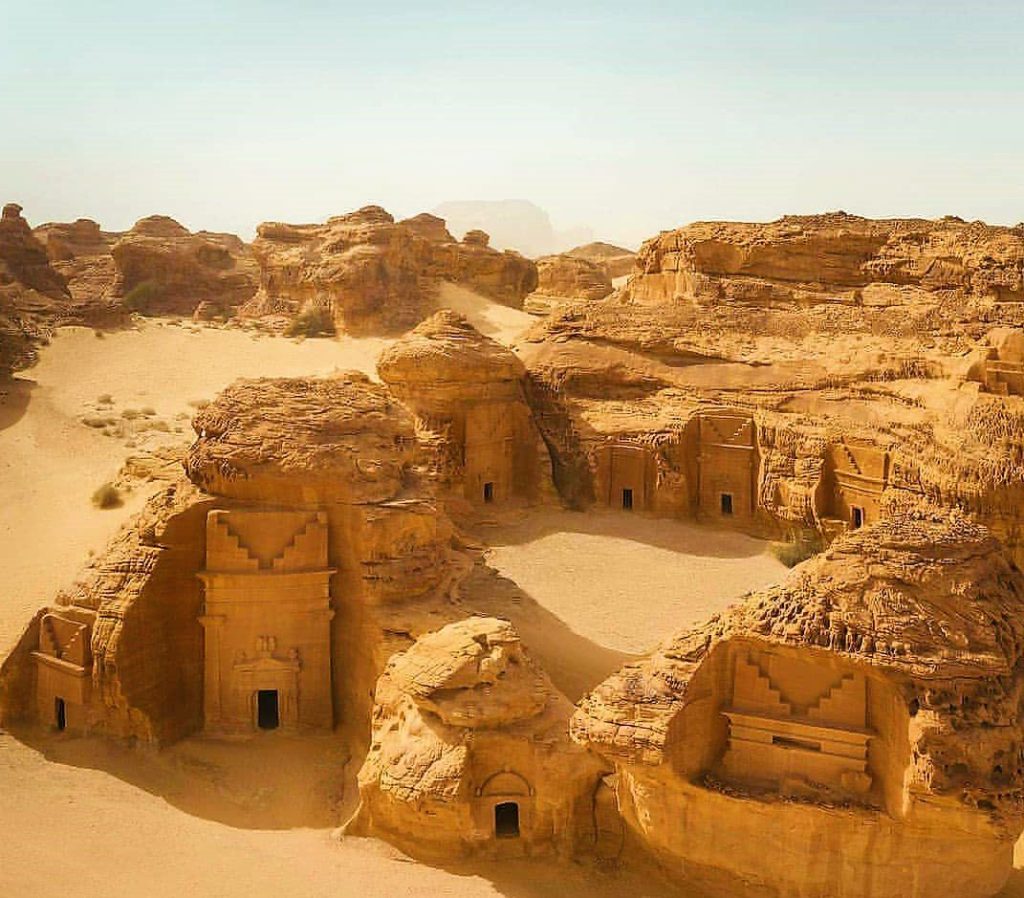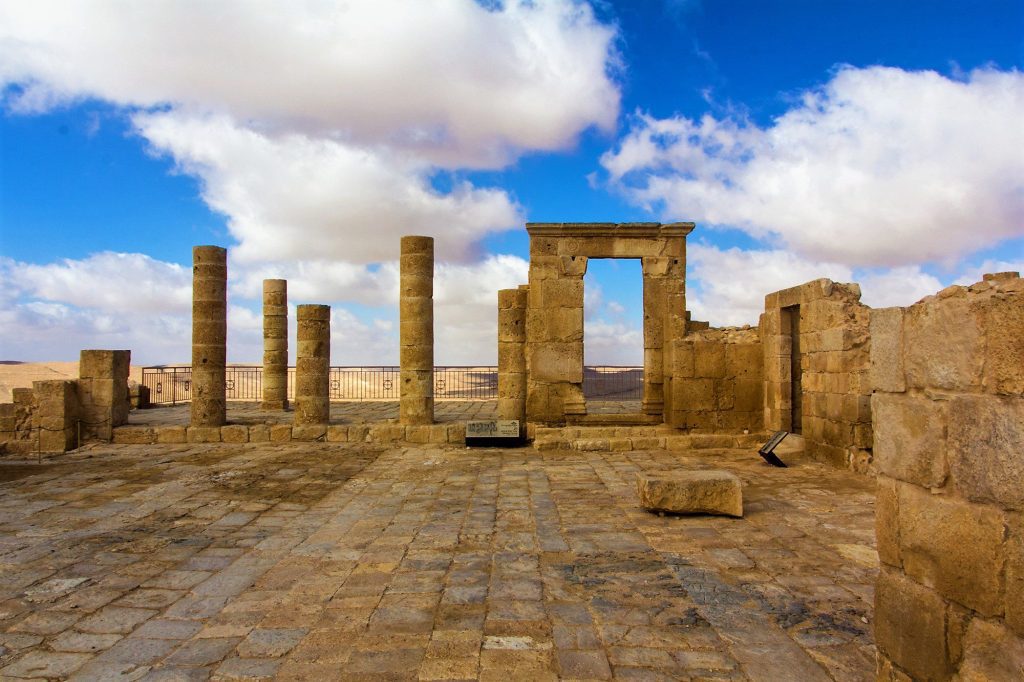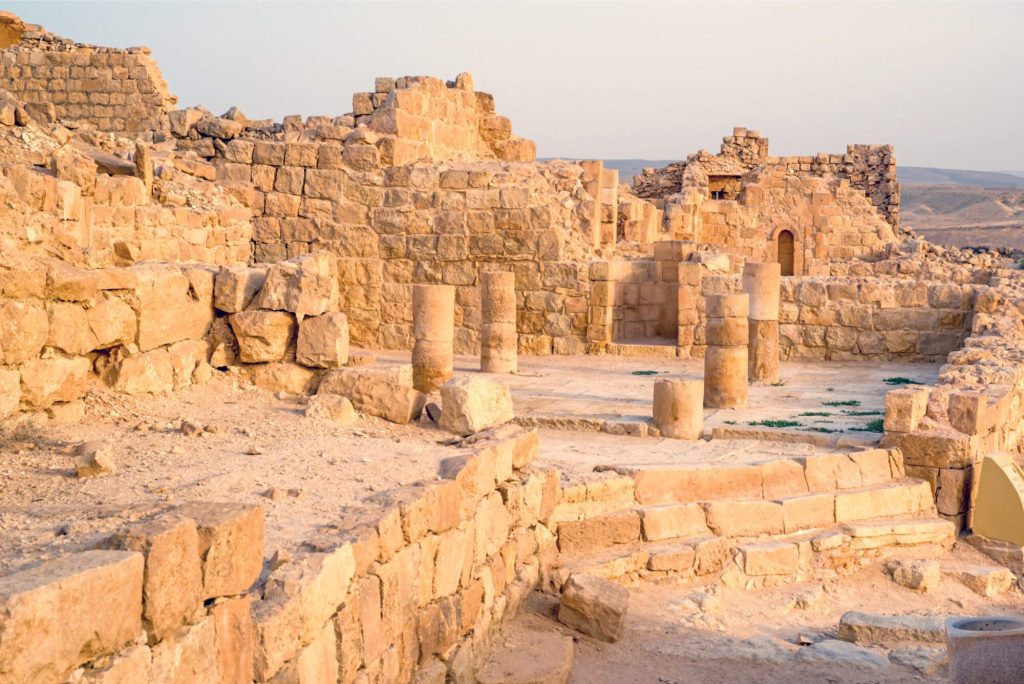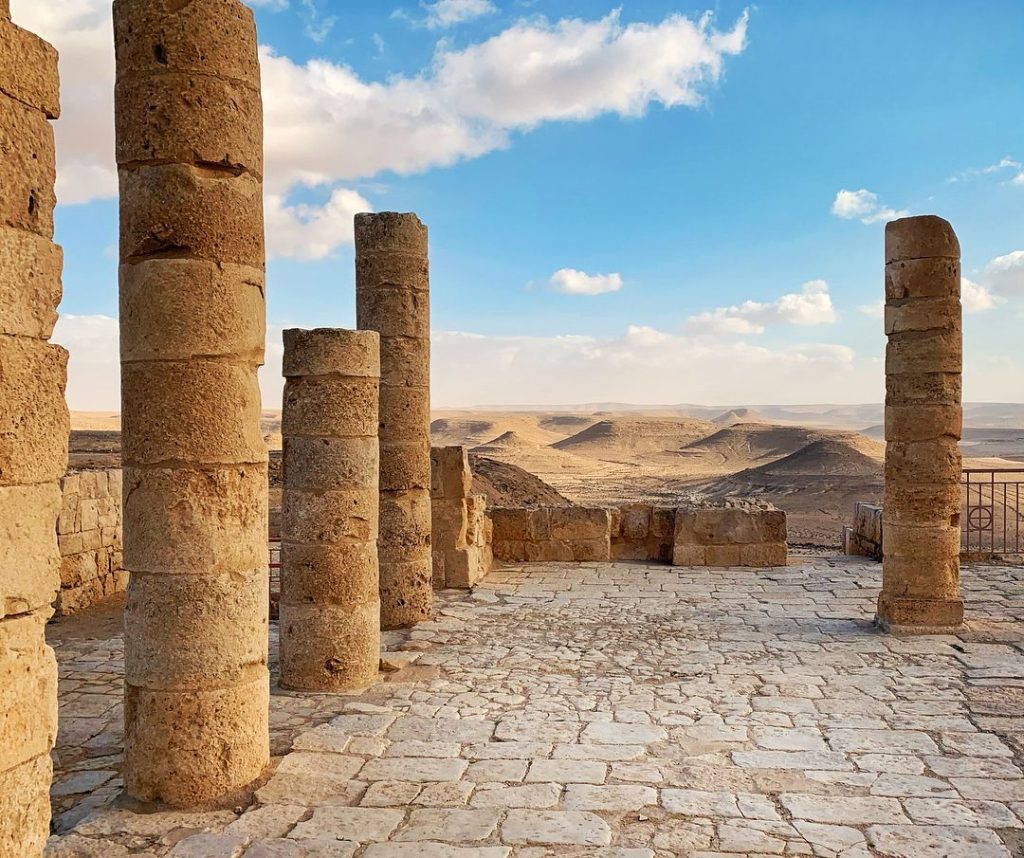So, how can we explain the rise and fall of the Nabataeans? The Nabataean Kingdom was a powerful political entity that flourished in modern-day Jordan between the 4th century BCE and c. 106 CE. They are best known today for the ruins of their capital city of Petra, a UNESCO World Heritage Site.

The Nabataeans were an Arab tribe who originated in the south-east of the Arabian Peninsula. They migrated to the desert region east of Jordan in the 6th century BCE. The desert provided them with a safe haven from their enemies and gave them access to the lucrative trade routes between Arabia and the Mediterranean.
Avdat National Park

The Nabataeans quickly became skilled traders. They controlled the trade in incense, spices, and other luxury goods from Arabia to the Mediterranean. They also established a network of caravansaries and wells along the trade routes, which made it easier for traders to travel through the desert.
The Nabataeans were also skilled engineers. They built dams, reservoirs, and aqueducts to provide water for their cities and crops. They also built elaborate tombs and temples, many still standing today.
The Nabataean Kingdom reached its peak of power in the 1st century BCE. They controlled much of the trade in the region, and their capital city, Petra, was a significant center of commerce. However, the Nabataean Kingdom declined in the 2nd century CE due to several factors, including the rise of the Roman Empire and the decline of the Arabian trade routes. The Nabataean Kingdom was annexed by the Roman Empire in 106 CE.
The Rise of the Nabataean Kingdom
The Nabataeans first appear in the historical record in the 4th century BCE. They were a nomadic tribe who lived in the desert region to the east of Jordan. In the 3rd century BCE, they began to settle down and develop their trade network. They quickly became skilled traders and soon controlled the trade in incense, spices, and other luxury goods from Arabia to the Mediterranean.
The Nabataeans were also skilled engineers. They built dams, reservoirs, and aqueducts to provide water for their cities and crops. They also built elaborate tombs and temples, many still standing today.
The Nabataean Kingdom reached its peak of power in the 1st century BCE. They controlled much of the trade in the region, and their capital city, Petra, was a major center of commerce. The Nabataeans were also skilled warriors who could defend their kingdom from their enemies.
The Decline of the Nabataeans
The decline of the Arabian trade routes also contributed to the fall of the Nabataean Kingdom. The Arabian trade routes became less important as the Roman Empire expanded its trade network. This meant that the Nabataeans were losing out on a major source of revenue.
The Nabataean Kingdom began to decline in the 2nd century CE. The rise of the Roman Empire posed a major threat to the Nabataeans. The Romans were expanding their empire into the Middle East and were eager to control the lucrative trade routes that the Nabataeans controlled.

The Nabataean Kingdom was annexed by the Roman Empire in 106 CE. The Romans were able to conquer the Nabataeans because they were more powerful and because they had a better military. The Nabataean Kingdom ceased to exist, and its territory was absorbed into the Roman Empire.
The Creation of the Nabataean Kingdom
The Nabataeans left a lasting legacy on the region. Their capital city of Petra is a UNESCO World Heritage Site, one of Jordan’s most popular tourist destinations. The Nabataeans were also skilled engineers and traders who made significant contributions to the region’s development.

The Rise and Fall of the Nabataean Kingdom is a fascinating story of a desert tribe that rose to power and then declined. The Nabataeans were a skilled and resourceful people, but they were ultimately unable to withstand the might of the Roman Empire. However, they left a lasting legacy on the region, and their capital city of Petra is still a popular tourist destination today.







